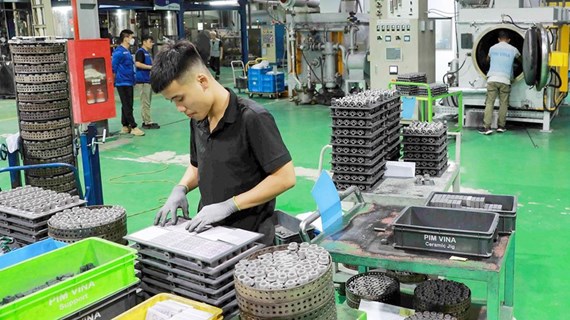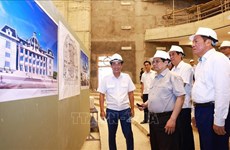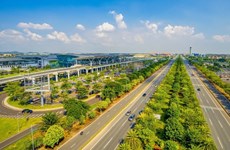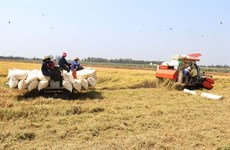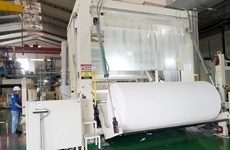QR codes fail to meet expectations
Since early 2018, Hanoi’s consumers have been able to scan quick response (QR) codes to trace the origins of agricultural products sold at supermarkets and convenience store, however, the impact of this change has been limited because producers find the system difficult to apply and consumers do not fully trust the codes' authenticity.
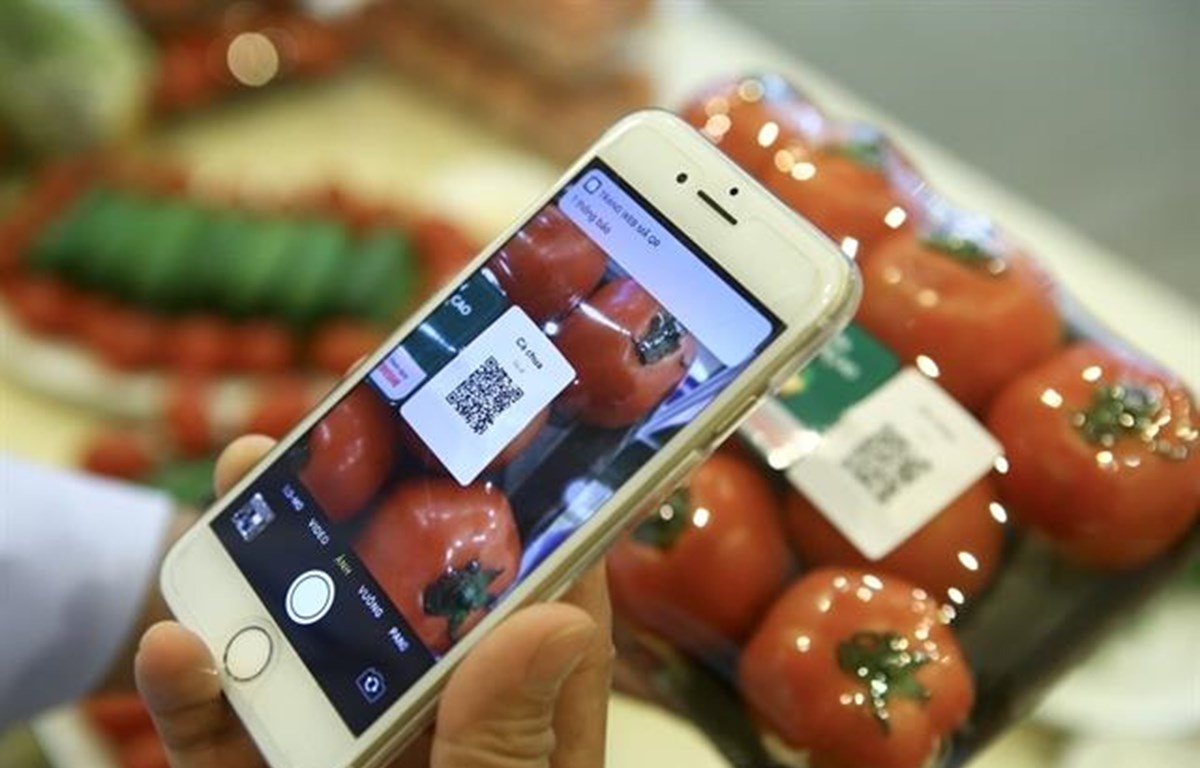
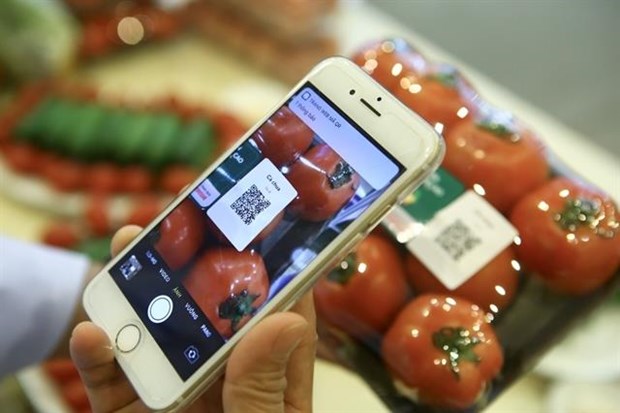 A customer scans a QR code to learn about the origins of tomatoes in a store (Photo: VNA)
A customer scans a QR code to learn about the origins of tomatoes in a store (Photo: VNA)Hanoi (VNS/VNA) - Since early 2018, Hanoi’s consumers have been able to scan quick response (QR) codes to trace the origins of agricultural products sold at supermarkets and convenience store, however, the impact of this change has been limited because producers find the system difficult to apply and consumers do not fully trust the codes' authenticity.
By scanning the codes on products' packaging, customers can learn where the fruits and vegetables are grown, who owns the farm and the names of the producers and distributors.
Hoa Binh Cooperative in Ha Dong district was one of the first cooperatives to use QR codes to identify their fruits and vegetables. But after just three months, the group stopped using the technology.
Trinh Van Vinh, the cooperative's director, told Kinh Te & Do Thi (Economic and Urban Affairs) newspaper that the technology requires farmers to keep track of information about their crops and cultivation and then enter it into the software system. Maintaining accurate information with the QR codes takes three to four times the usual efforts than just putting a normal stamp on the packaging to indicate a product's origins.
“After a short trial time, we realised that customers do not really care much about the technology," he said. "Only one to two out of 10 customers scan the codes so we decided to stop applying it."
Nguyen Tu Linh, a customer of PT Mart in the city's Ha Dong district, told the newspaper that it takes time to get out her smartphone and scan the codes.
“Each product has many different stamps and codes with various shapes and sizes," she said. "I can’t distinguish which one is the most accurate."
Tran Thu Hong, a customer in Long Bien district, expressed doubts over the authenticity of the information displayed after scanning the codes. She said the information comes only from producers without the verification or supervision of any agency, so it could be one-sided.
Nearly two years after introducing the codes, 81 percent of the city's fruit stores use QR code. The city’s Department of Agriculture and Rural Development issued QR codes for 236 enterprises and more than 4,000 products.
According to the city’s plan, the application of QR codes will be expanded by the end of this year to trace the origins of other agricultural products, production facilities, farms, slaughterhouses, large-scale processing establishments, supermarkets, wholesale markets and market management boards.
In 2020, all production chains in the city will use the codes to trace product origins and provide transparency for consumers.
Under the plan, the rate of products with traceable origins through the codes from small-scale production and businesses will increase by 30-50 percent.
To reach these targets, however, there are tonnes of work ahead for Hanoi City.
Nguyen Thi Thu Hang, deputy head of city’s Agricultural-forestry-fishery Product Management Division, said the adoption of the technology remained slow and instructions on how to begin using the codes lacked details.
Most traceability efforts are conducted manually, requiring a lot of workers and raising doubt over the authenticity of the data, according to the official.
Farmers are not used to keeping origin records for produce, making it difficult to manage and supervise food quality.
Ta Van Tuong, deputy director of the city's Department of Agriculture and Rural Development, proposed the agriculture ministry and Ministry of Science and Technology issue a full set of national standards on origin traceability for food.
In the future, QR codes will be mandatory for domestically produced goods.-VNS/VNA





